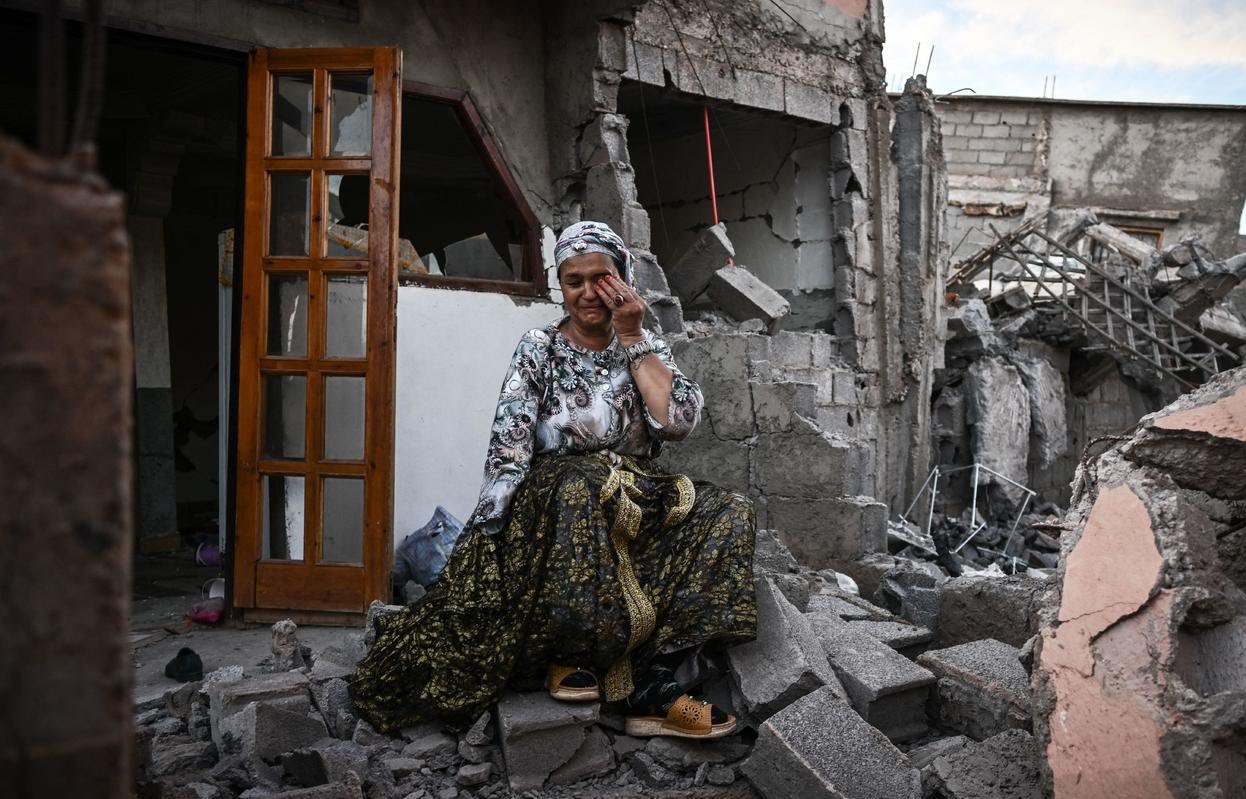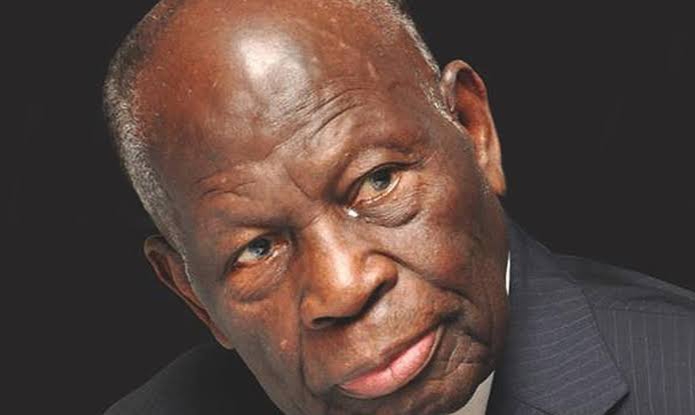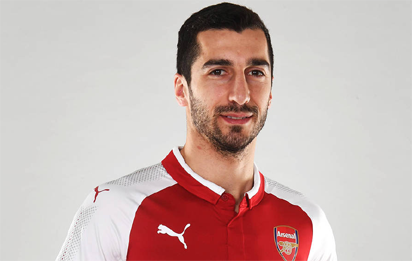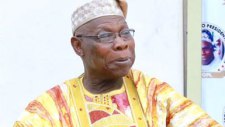Morocco Earthquake Zone Show Widespread Devastation

An e has sown destruction and devastation in Morocco, where death and injury counts continued to rise early Monday as rescue crews continued digging people out of the rubble, both alive and dead, in villages that were reduced to rubble. Law enforcement and aid workers — Moroccan and international — continued arriving Monday in the region south of the city of Marrakech that was hardest hit by the magnitude-6.8 tremor on Friday night, and several aftershocks.
Thousands of residents were waiting for food, water and electricity, with giant boulders blocking steep mountain roads.
The majority of the deaths, at least 2,122 as of Sunday, were in Marrakech and five provinces near the epicenter, the Interior Ministry reported. Search and rescue and debris removal teams were out with dogs searching for survivors and bodies.
The Friday temblor toppled buildings that couldn’t withstand the shaking, trapping people in rubble and sending others fleeing in terror. The area was shaken again Sunday by a magnitude 3.9 aftershock, according to the U.S. Geological Survey.
There was little time for mourning as survivors tried to salvage whatever they could from damaged homes.
Khadija Fairouje’s face was puffy from crying as she joined relatives and neighbors hauling possessions down rock-strewn streets. She had lost her daughter and three grandsons aged 4 to 11 when their home collapsed while they were sleeping less than 48 hours earlier.
“Nothing’s left. Everything fell,” said her sister, Hafida Fairouje.
Help was slow to arrive in Amizmiz, where a whole chunk of the town of orange and red sandstone brick homes carved into a mountainside appeared to be missing. A mosque’s minaret had collapsed.
“It’s a catastrophe,” said villager Salah Ancheu, 28. “We don’t know what the future is. The aid remains insufficient.”
The worst destruction was in rural communities that are hard to reach because the roads that snake up the mountainous terrain were covered by fallen rocks.
Flags were lowered across Morocco, as King Mohammed VI ordered three days of national mourning starting Sunday. The army mobilized search and rescue teams, and the king ordered water, food rations and shelters to be sent to those who lost homes.
Some slept on the ground or on benches in a Marrakech park.
Tourists and residents lined up to give blood.
“I did not even think about it twice,” Jalila Guerina told The Associated Press, “especially in the conditions where people are dying, especially at this moment when they are needing help, any help.” She cited her duty as a Moroccan citizen.
Rescuers backed by soldiers and police searched collapsed homes in the remote town of Adassil, near the epicenter. Military vehicles brought in bulldozers and other equipment to clear roads, MAP reported.
Distraught parents sobbed into phones to tell loved ones about losing their children.
Ambulances took dozens of wounded from the village of Tikht, population 800, to Mohammed VI University Hospital in Marrakech.
Many were trapped under the rubble.
Friday’s quake had a preliminary magnitude of 6.8 when it hit at 11:11 p.m., lasting several seconds, the USGS said. A magnitude 4.9 aftershock hit 19 minutes later, it said. The collision of the African and Eurasian tectonic plates occurred at a relatively shallow depth, which makes a quake more dangerous.
It was the strongest earthquake to hit the North African country in over 120 years, according to USGS records dating to 1900, but it was not the deadliest. In 1960, a magnitude 5.8 temblor struck near the city of Agadir, killing at least 12,000. That quake prompted Morocco to change construction rules, but many buildings, especially rural homes, are not built to withstand such tremors.
– CBSNEWS




